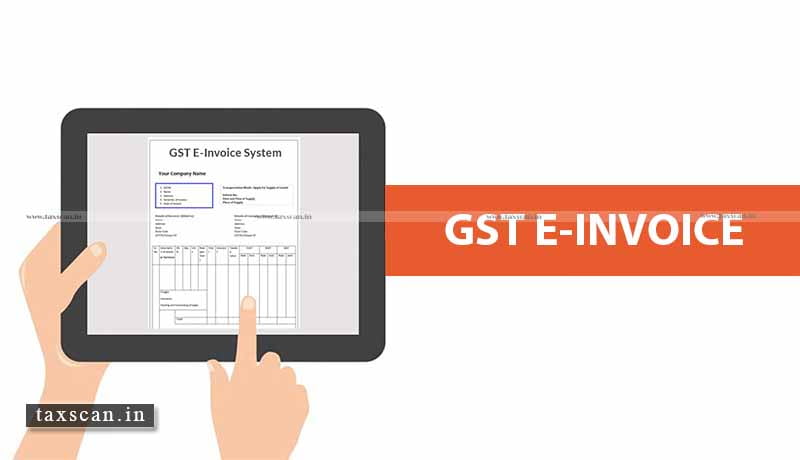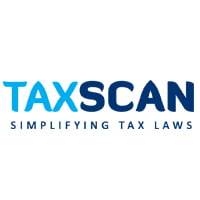GST E-Invoicing mandatory for Businesses with Rs 100cr Turnover from April 1, 2020

From 1st April 2020, the E-invoicing will be mandatory for both these businesses categories. For businesses having turnover less than 100 Crore, it would remain voluntary and on trial basis from 1st April 2020.
The upcoming ‘E-invoicing’ system will be a boon to MSMEs as it will open the facility of instant bank loans for MSMEs. With the new system of E-invoicing, banks may not require a plethora of physical documents and their validation processes rather they can do MSMEs’ ratings for the loan on the basis of their e-invoicing. Also, the E-invoicing will bring in ease of doing business as it will pre-populate the GST returns besides reducing the reconciliation problems.
Having done a full preparation for last 6 months to introduce E-invoicing system, the government has decided to start ‘E-invoicing’ in a phased manner for generating business to business (B2B) invoices on a voluntary basis. It has been decided by the government that businesses having a turnover of Rs.500 Crore or more would take up E-invoicing from 1 st January 2020 on voluntary and trail basis while the businesses with a turnover of Rs.100 Crore or more would start E-invoicing on voluntary and trial basis from 1st February 2020. However, from 1st April 2020, the E-invoicing will be mandatory for both these businesses categories. For businesses having turnover less than 100 Crore, it would remain voluntary and on trial basis from 1st April 2020.
The basic aim behind the adoption of the e-invoice system is to facilitate convenience to the taxpayers by further simplifying the GST Return system. Through E-invoicing the tax department would help the businesses and taxpayers by pre-populating the returns and this would also result in reducing the reconciliation problems. Actually the fundamental principle behind introducing the e-invoicing is to put the technology at the service of the people to create ease of living and ease of doing business.
The E-invoicing system would help to generate invoice in a standard format so that invoice generated on one system can be read by another system and reporting of e-invoice to a central system becomes possible. The adoption of these standards would not impact the users of invoice; however, all the accounting software would adopt the new e-invoice standard wherein they would re-align their data access and retrieval in the standard format.
The generation of e-invoice will be the responsibility of the taxpayer who will be required to report the same to Invoice Registration Portal (IRP) of GST. This portal will generate a unique Invoice Reference Number (IRN) and digitally sign the e-invoice and also generate a QR code. The QR Code will contain vital parameters of the e-invoice and return the same to the taxpayer who generated the document in the first place. The IRP will also send the signed e-invoice to the recipient of the document on the email provided in the e-invoice.
E-invoice would not mean the generation of invoices from a central portal of the tax department. The taxpayer would continue to use his accounting system/ERP or excel based tools or any such tool for creating the electronic invoice as s/he is using today. To achieve this goal there would be a need to standardize the format in which electronic data of an Invoice will be shared between various stakeholders to ensure interoperability of the data.
Preparation at GSTN:
To help small taxpayers adopt e-invoice system in a smooth and coherent manner, GSTN has empanelled eight accounting & billing software which provide basic accounting and billing system free of cost to small taxpayers. Those small taxpayers, who do not have accounting software today, can use one of the empanelled software products, which come in online (cloud-based) as well as offline (installed on the computer system of the user).
Better taxpayer Services:
E-invoice is likely to provide better taxpayer services by –
- One time reporting on B2B invoice data in the form it is generated to reduce reporting in multiple formats (one for GSTR-1 and the other for the e-way bill).
- To generate sales and purchase register (ANX-1 and ANX-2) from this data to keep the Return (RET-1 etc.) ready for filing under New Return. e-Way bill can also be generated using e-Invoice data
- It will become part of the business process of the taxpayer
- Substantial reduction in input credit verification issues as the same data will get reported to the tax department as well to buyer in his inward supply (purchase) register.
On receipt of info through GST System as the buyer can do reconciliation with his Purchase Order and accept/reject in time under New Return.


